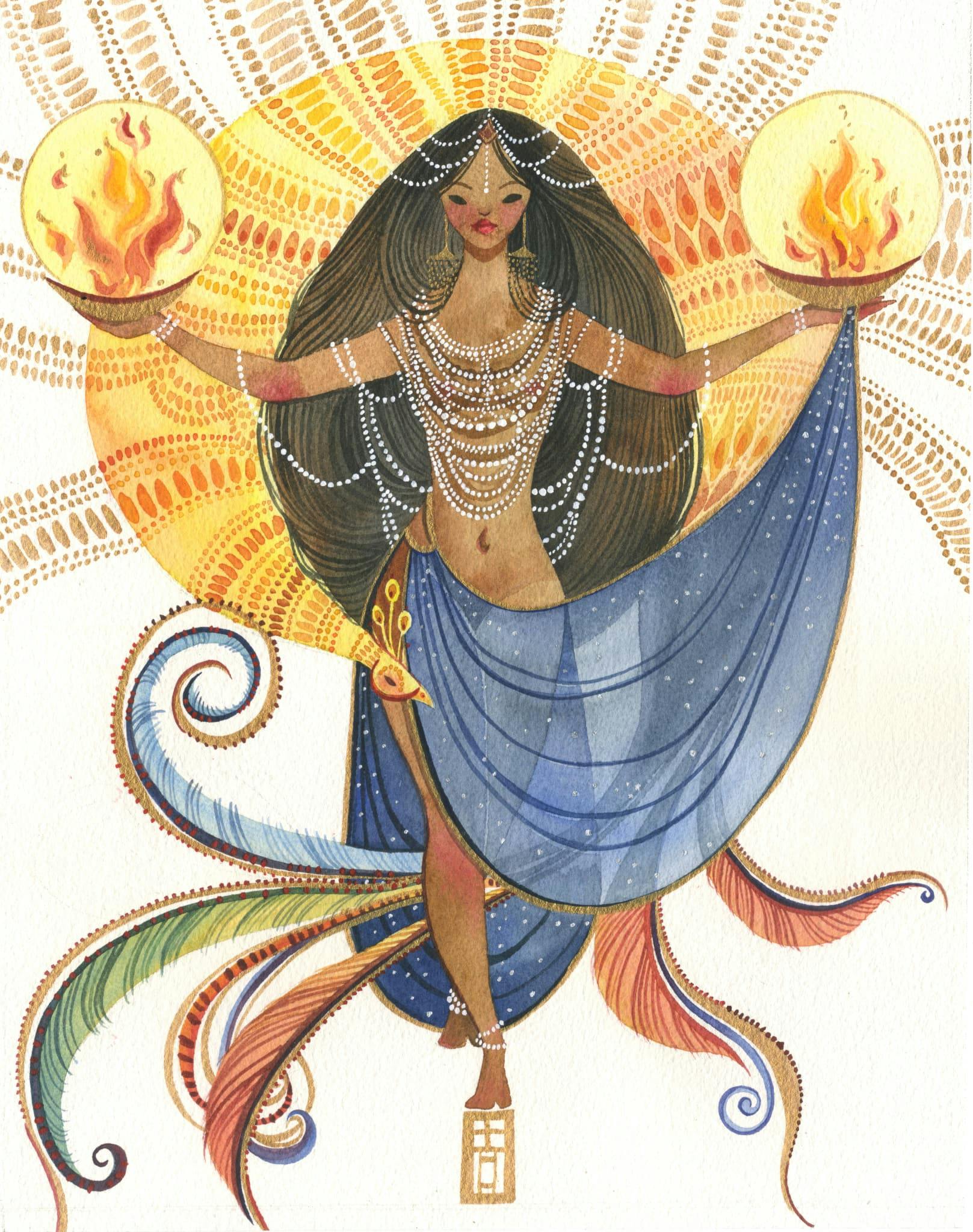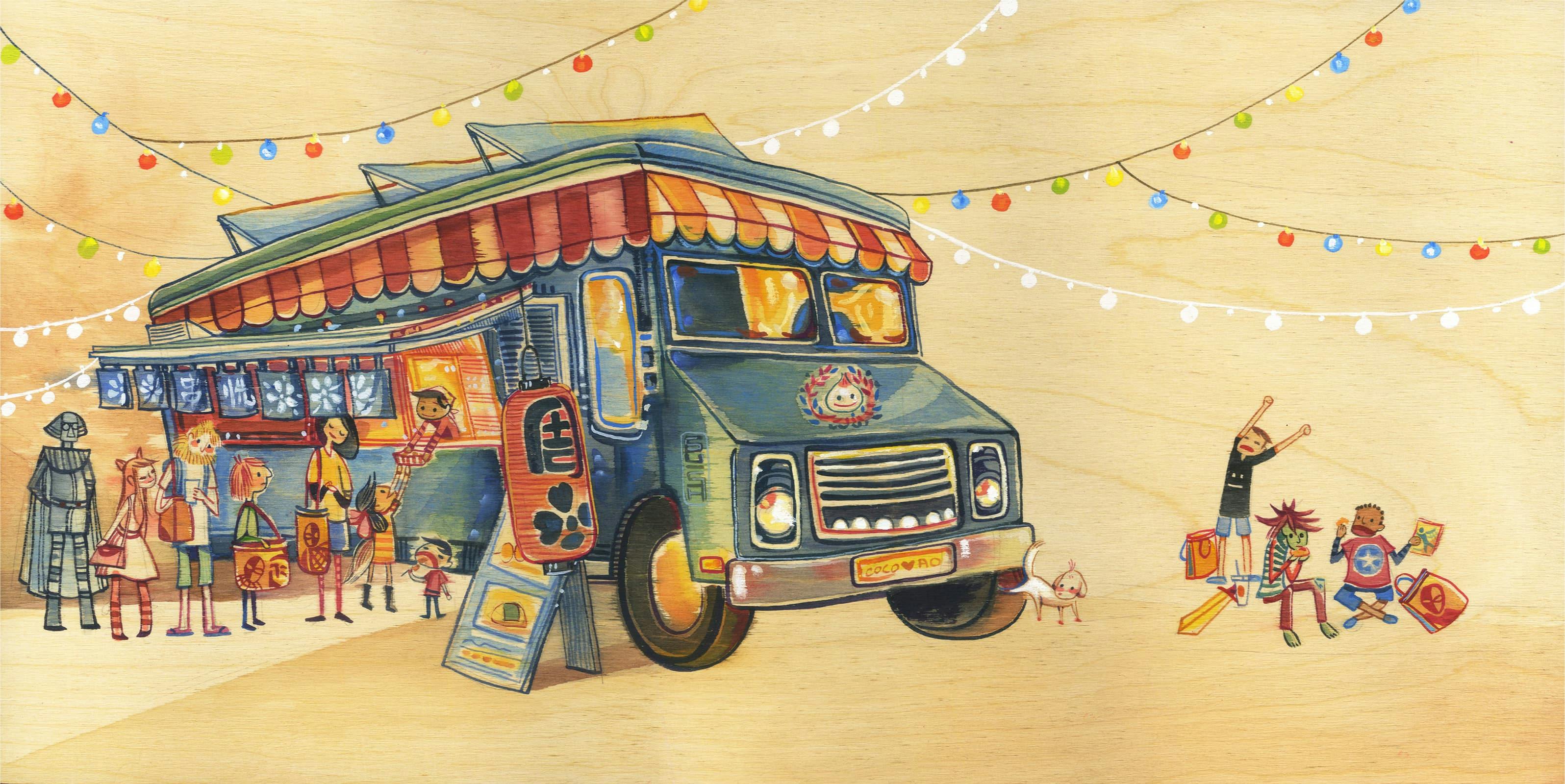
Heather Crank
Illustrator
Animator
Generative AI
Graphic Designer
Art Director


Storytelling Inspired by Cultural Diversity
Alina Chau: Whimsical, multicultural, and storytelling.

Alina: I was a very naughty kid. Drawing is the only activity that can keep me out of trouble. I usually get my inspiration from real-life experiences, stories of loved ones, and close friends. Since my background is in animation, my all-time favorite and a go-to place for inspiration would be Frederic Back and Hayo Miyazaki. There is too much to list for artistic inspiration – from the masters in art history to contemporary artists and art from different regions of the globe. I wouldn’t know where to start -Paul Gauguin, Henri Matisse, Marc Chagall, Hokusai, Kazuo Oga, Eyvind Earle, Aya Takano, Charley Harper, etc.

Alina Chau: Yes, definitely. My natural art style and storytelling voice are the fusion of my cultural background. When I was a kid, I often felt a bit of a misfit in different social groups because I don’t feel I am a perfect fit in any cultural group. That could be hard for a little kid. But over time, I discovered that this experience makes me adaptable and empathetic to change and differences. It became one of the strongest influences on my creative voice and artistic style.
“I was a very naughty kid. Drawing is the only activity that can keep me out of trouble.”
Alina Chau: I was a 3D story artist on The Clone Wars. The Clone Wars is part of the Star Wars saga created by George Lucas. George did not go through the storyboard stage with this show. It went directly from script to 3D animatic (AKA Previsualization). We used Industrial Light Magic’s proprietary 3D software (a program similar to Maya) to block out the keyframes of the characters’ performance and action, vehicle auctions, and cinematography. It was fun and challenging. I have many fond memories of working on the show.


Alina Chau: When I worked for studios as a 3D animator, I developed the hobby of painting and drawing after work to decompress, which gave my eyes some rest after a day of staring at the monitor. One day, my colleague recommended I join the Totoro Project Exhibitor hosted by Pixar. That gets me into trying out gallery shows and exhibitions.
In the beginning, it was just an extracurricular activity outside of work to give me some creative outlet to do my art. As I slowly started getting attention from galleries and clients, I began getting commission inquiries. Eventually, when I could no longer balance my day job and my side gig, I decided to leave the studio and try out an independent art career.

Alina Chau: During the first few years as an independent artist, I didn’t know what I was doing. I learned from other successful independent artists, trying different business models. I tried almost everything, gallery art, toy design, convention, app design, book illustration, etc. After all the trials and errors, I discovered my passion for storytelling. I love drawing and making beautiful paintings, but deep down, visual storytelling makes me happy. This is the reason I became an animator in the first place. This realization helps me focus my creative direction on children’s book publishing.

Alina Chau: I am a visual storyteller, so the story always comes first. It doesn’t matter whether I am working on a single stand-alone painting or a story. I try to figure out the kind of story I want to share. Then I focus on capturing the story and its emotional moments. My initial sketches tend to be very rough and loose. Once I feel I start getting the story moment, I will slowly focus on polishing the idea. The early development process tends to take up the most time. When I am ready for the final art, I usually have a clear idea of what the image would be.

Alina Chau: I hope to continue to grow and expand my visual vocabulary and explore fun new ideas and push myself out of my comfort zones. As a storyteller and author, I hope to diversify my content, especially by giving voices to the under-represented.

Alina Chau: I appreciate consistent and clear instructions upfront from the beginning and respect that an artist needs adequate time and resources to create good art.

